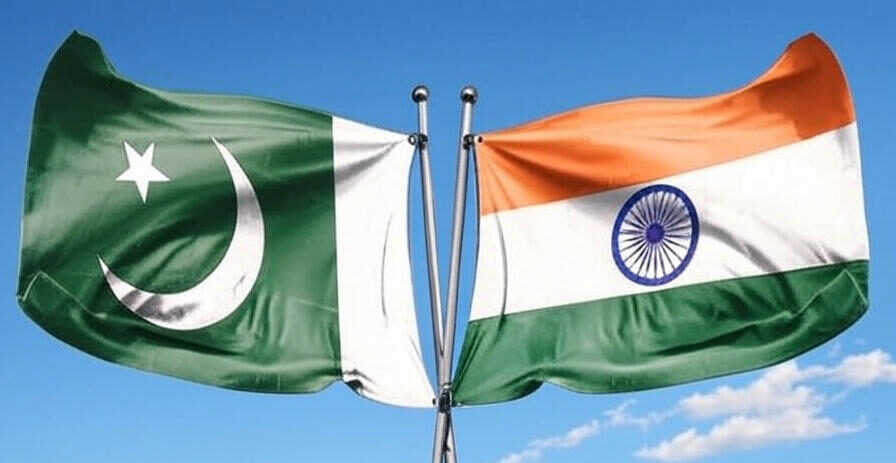
That’s the reality South Asia faced earlier this month, and the world is holding its breath. The ceasefire between India and Pakistan, signed on May 10, 2025, is hanging by a thread, and global leaders are stepping in to keep things from spiraling out of control. From the United Nations to G7 leaders, Iran, and Russia, everyone’s urging both sides to take a step back. The UK and Russia have even issued travel warnings, signaling just how serious this is. Let’s unpack what’s happening and why the world is so worried.
The UN’s Heartfelt Call for Calm
UN Secretary-General Antonio Guterres has been sounding the alarm, and you can feel the urgency in his words. On May 5 and 7, he pleaded with India and Pakistan to show “maximum restraint” to avoid a full-blown conflict. If you’ve been scrolling through X, you’ve probably seen his team’s posts about the devastating human cost of any escalation—especially since both countries have nuclear weapons. Guterres didn’t hold back, condemning the loss of innocent lives, like the horrific Pahalgam attack on April 22, where 26 civilians lost their lives. He’s made it clear: targeting civilians is never okay, no matter who’s in the right.
Guterres isn’t just talking for the sake of it. He’s offered to step in and help mediate, hoping to get both sides to sit down and talk. But here’s the catch—some in India aren’t happy with his stance, feeling he hasn’t called out cross-border terrorism enough, especially after the Pahalgam tragedy where attackers targeted people based on their faith. It’s a tricky spot for the UN, trying to stay neutral while pushing for peace.
The World Steps In
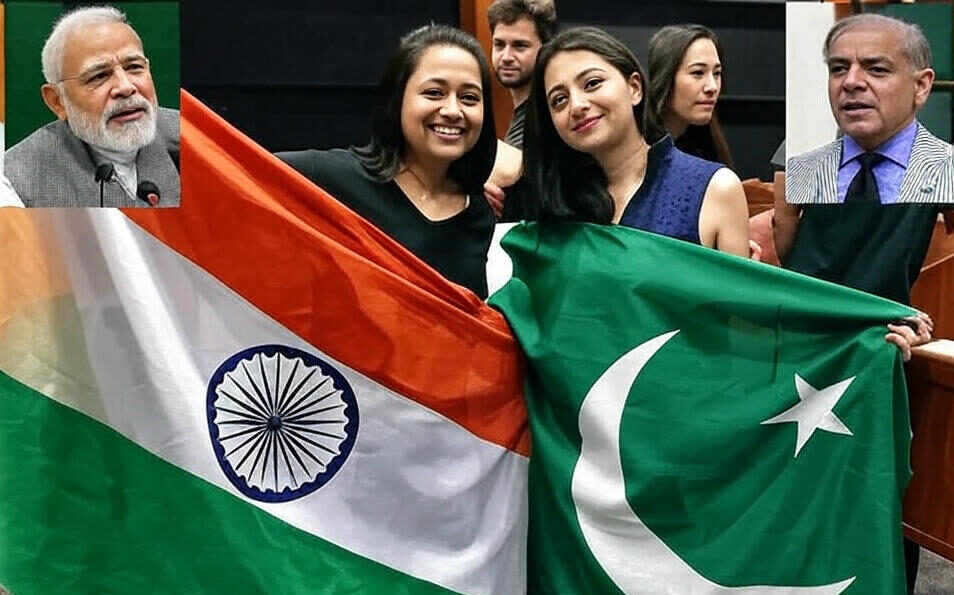
It’s not just the UN. The G7 leaders, meeting in Canada on May 19, chimed in too. They’re worried about more than just the fighting—they know a conflict like this could mess up global trade and markets. Imagine higher gas prices or supply chain chaos hitting your wallet. That’s why they’re begging India and Pakistan to cool things down and talk it out.
Then there’s Iran, which has its own reasons to care about stability in the region. On May 9, Iran’s Foreign Minister Seyed Abbas Araghchi was in New Delhi, talking about peace during a meeting with Indian officials. Iran’s got its own challenges, especially with the US breathing down its neck over its nuclear program, but they’re pushing for calm to keep the region steady.
Russia’s also in the mix, and they’re no stranger to both India and Pakistan. On May 7, Foreign Minister Sergey Lavrov urged both sides to choose diplomacy over missiles. Russia’s even floated the idea of mediating, given their experience in other global hotspots. It’s a reminder that when two neighbors clash, the whole world feels the ripples.
Travel Warnings: A Sign of Real Worry
If you’re planning a trip to South Asia, you might want to double-check your plans. The UK and Russia have issued travel advisories, and they’re not messing around. On May 7, the UK’s Foreign Office warned against traveling to parts of Pakistan and Jammu and Kashmir, citing the risk of violence. Russia followed suit, telling its citizens to avoid non-essential travel because things could go south fast. These warnings aren’t just bureaucracy—they’re a sign that the world sees this ceasefire as fragile, like a glass teetering on the edge of a table.
Why This Matters and What’s Next
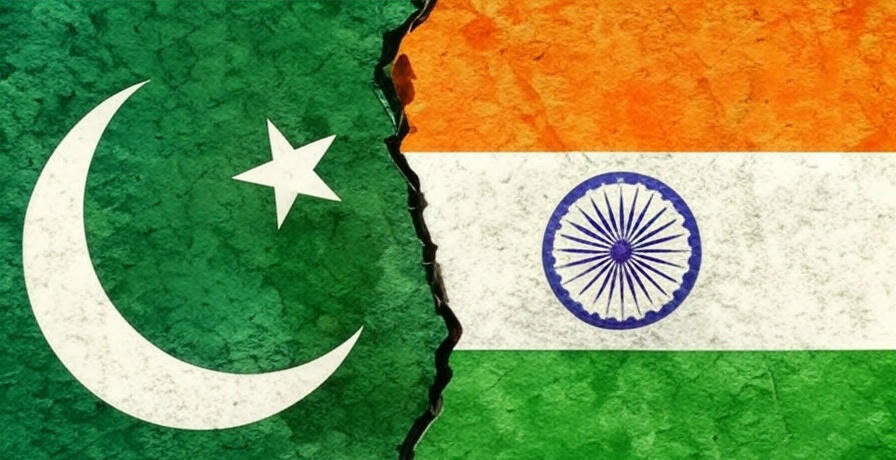
So, how did we get here? The ceasefire came after intense fighting, sparked by India’s Operation Sindoor on May 7, targeting what they called terror hideouts in Pakistan and Pakistan-occupied Kashmir. Pakistan hit back, claiming they downed five Indian jets—though India denies it. Both sides are spinning their own stories: India says it’s fighting terrorism, while Pakistan points to its nuclear strength and diplomatic wins for the ceasefire.
The US and UK played big roles in getting this ceasefire signed, with President Trump and UK Foreign Secretary David Lammy working the phones. But keeping the peace is the hard part. Without tackling the root issues—like the Kashmir dispute or cross-border attacks—this truce could fall apart. Guterres, the G7, Iran, and Russia are all pushing for dialogue, but it’s up to India and Pakistan to make it work.
The world’s watching, and the stakes are sky-high. A misstep could drag South Asia—and maybe the globe—into a crisis nobody wants. So, here’s hoping cooler heads prevail, because peace isn’t just a buzzword; it’s a lifeline.
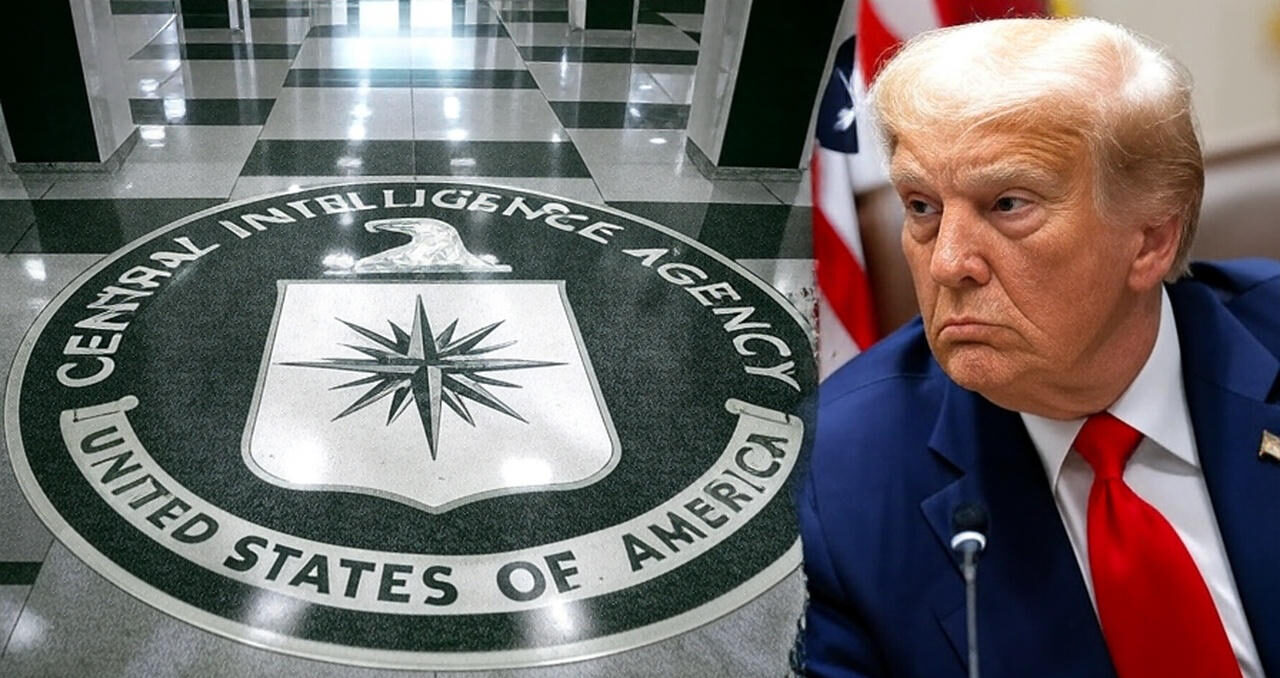
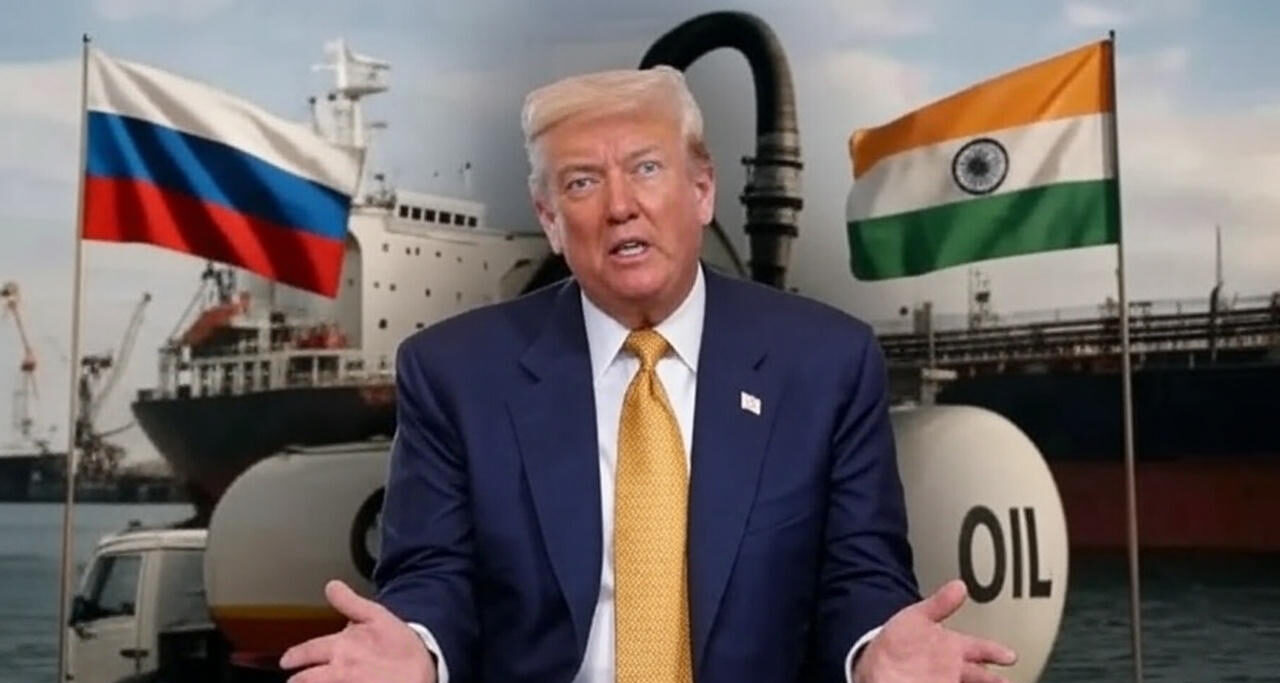

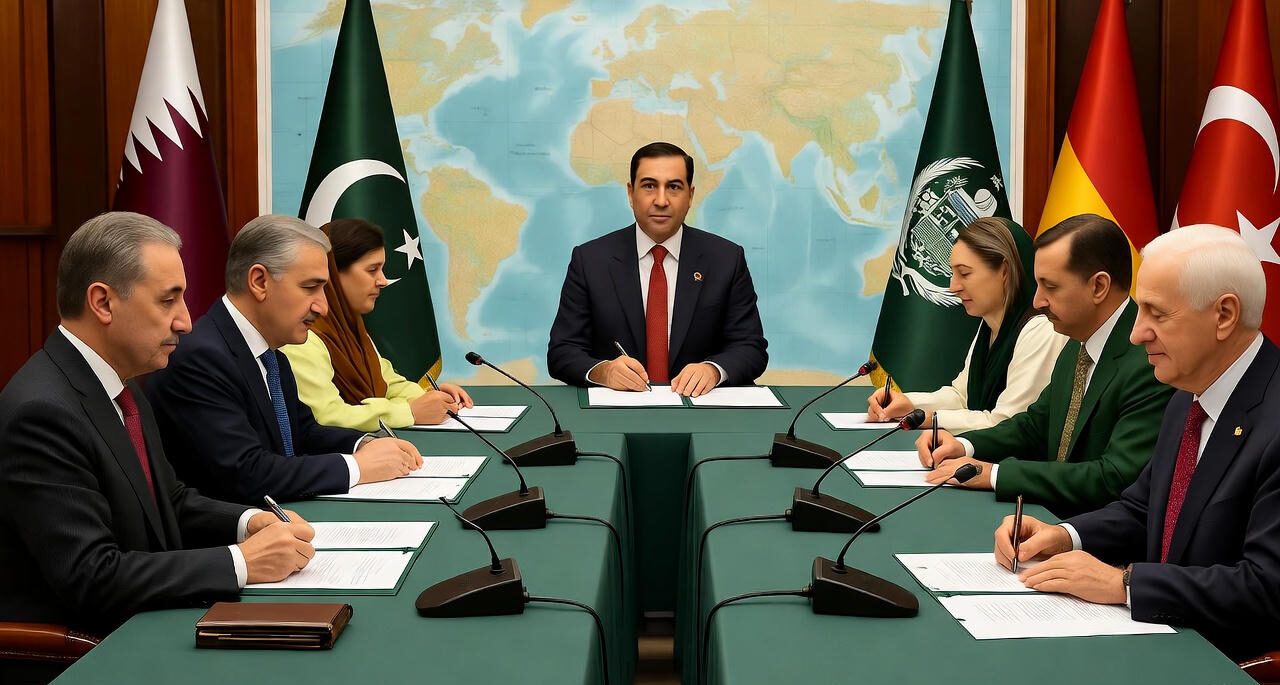
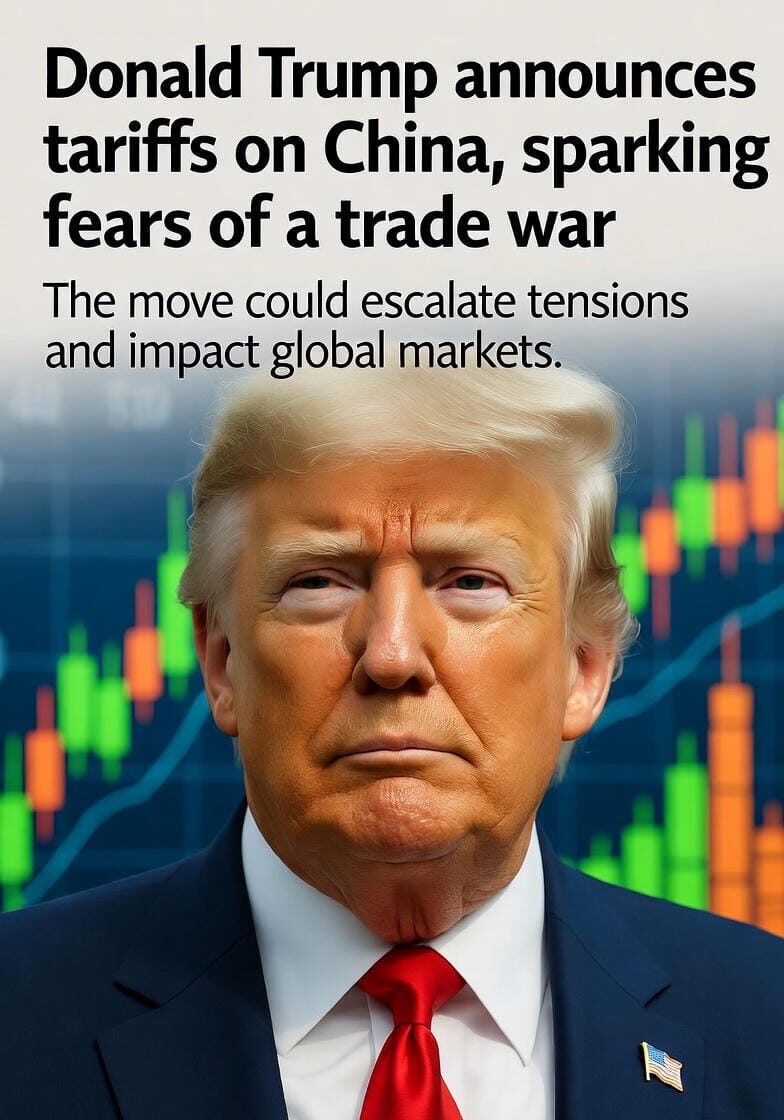
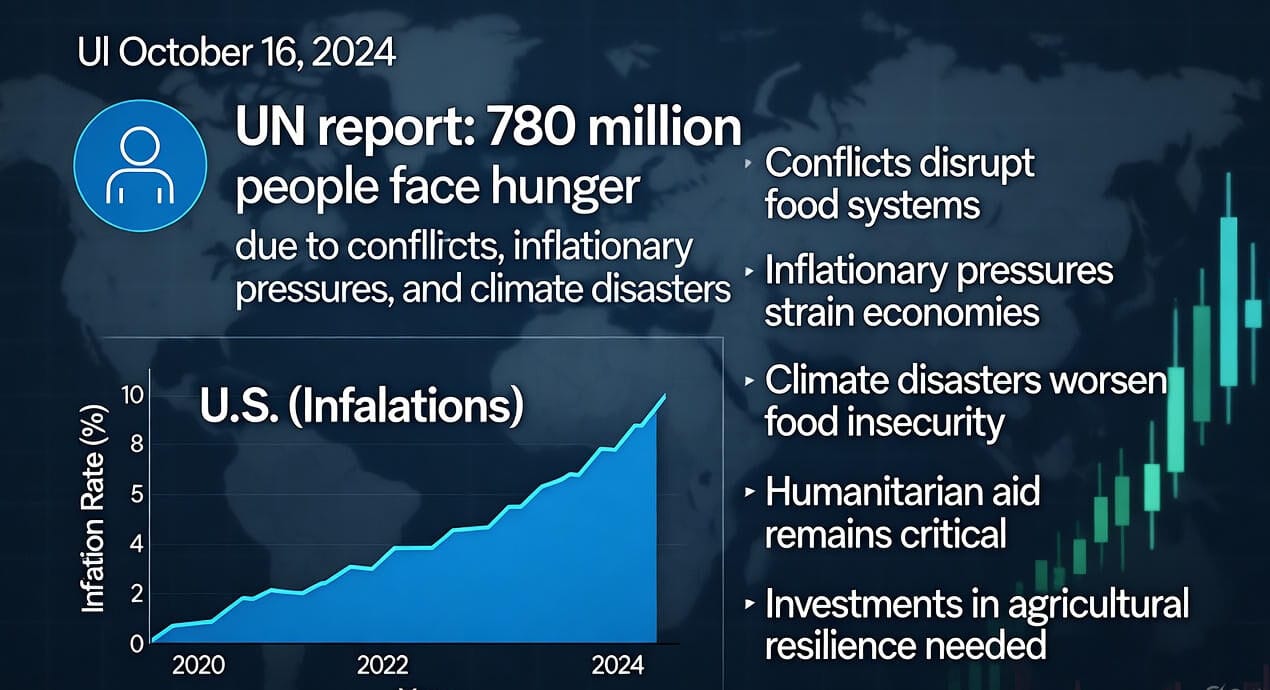
Wow, this is such a gripping read! The idea of a drone strike targeting Putin’s helicopter is both shocking and hard to believe. It’s fascinating how the narrative shifts between an assassination attempt and a potential Russian propaganda move. I can’t help but wonder if Ukraine’s silence is strategic or if they’re genuinely not involved. The suggestion that this could be a ploy to boost Putin’s image at home is intriguing—do you think that’s plausible? Also, the mention of Ukraine’s growing drone capabilities is both impressive and concerning. What’s your take on Russia’s ability to defend against such threats? This whole situation feels like a chess game, and I’m curious to see how it unfolds. Do you think this incident will escalate tensions further, or is it just another piece of the ongoing conflict?